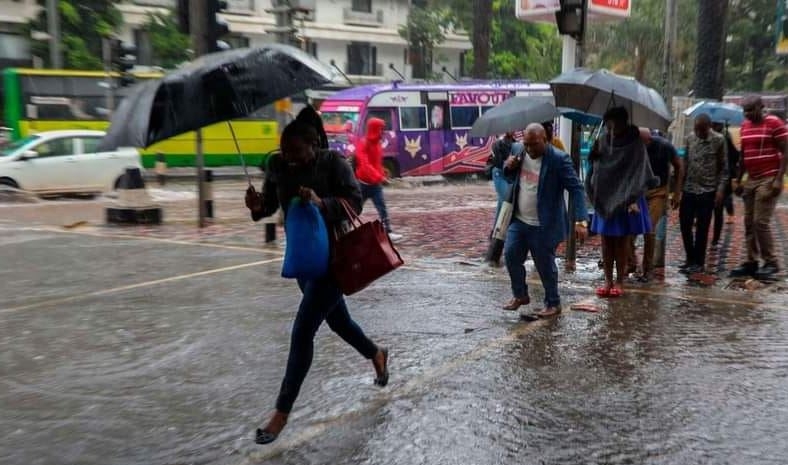Kolanya boys primary topped Teso North sub-county, Busia, in KCPE exams for many years.
Today, huge cracks on classroom walls put the lives of over 600 learners at risk.
"This school is in dire condition. It is uninhabitable and is of great danger to the learners. We have the risk of jigger infestation because of the incomplete classrooms with dusty floors," principal Caroline Isapuke said.
The ECDE section is the worst hit.
Over 50 learners are forced to use the school store, which was built in 1952, as their classroom.
The old structure's collapse is imminent.
Isapuke attributed the poor state of infrastructure to lack of political goodwill and bad leadership.
“Kolanya boys primary is among few schools in Kenya with no NG-CDF and county classroom for ECDE learners. Besides numerous applications, the CDF office choose to sideline this school yet eight classrooms have been condemned.”
Apart from Kolanya, eight primary schools in Teso North are in poor condition.
Different grades sharing a classroom and inadequate facilities are some of the challenges schools face.
Some have few latrines, forcing pupils and teachers to use the same.
Other schools have no structures sponsored by the national government’s CDF kitty, causing headteachers to question the relevance of the fund.
Learning ends at noon, due to harsh weather conditions and poor concentration among pupils, as a result of sharing classrooms.
Such is the agony of learners at Kangutio primary school.
The school, which was started in 2011, has only two classrooms and two pit latrines, serving 315 learners and six teachers.
Only three are employed by the TSC.
At a glance, the school looks like a homestead, save for the sound of the bell and pupils in uniform.
Sarah Okumu, the head teacher, said she discharges her administrative duties inside a class that hosts Grade 1 and 2 pupils.
“When I first came to this school I asked myself if this school is in Kenya or Uganda,” she told the press.
“Does this constituency receive NG-CDF or not? Is the Ministry of Education aware of this school or is it one of the ghost schools?”
JSS teacher Christine Opuru said parents of Grade 6, 7 and 8 were forced to buy chairs and lockers.
“At Kangutio, JSS students carry their lockers and chair every day in the morning and evening as the school doesn't have a place to store them,” she said.
Grades 6, 7 and 8 pupils at Kalalarani primary share a classroom.
This has compromised the quality and standards of learning as the two CBC-trained teachers handle 15-18 lessons a day.
Principal Samuel Sirai said with the shortage of resources, they wonder where Grade 9 will be accommodated.
“As a school we are already overwhelmed by the population. We only have five classrooms with over 400 learners,” Sirai said.
“All administration work is done on the verandah. Also the staffroom is on the verandah,” he added.
The other schools; Akiriamasiti, Opare, Moru, Kingatunyi, Akadoti and Kamuriai have acute shortage of classrooms.
At Moru and Akiriamase comprehensive schools, the buildings are in dire need of renovation.
Ageing classrooms and poorly constructed structures funded by the NG-CDF Teso North raises queries on whether this is a sign of corruption and misappropriation of funds.
This has seen a section of teachers from the county call on Gen Zs, who continue to stage protests nationwide agitating for better governance, to compel MPs to account for CDF funds disbursed since 2013.
Parents have also expressed their disappointment with both the county and national government for failing to provide a conducive learning environment.
This is an impediment to pupils from Teso, who are expected to compete with other learners in the country, they said.
Sub-county director Elizabeth Marangachi acknowledged the challenges.
“I want to confirm the problems of infrastructure are there. Also as a sub-county, we are heavily affected by acute shortage of teachers just like any other school in the country,” Marangachi said.












